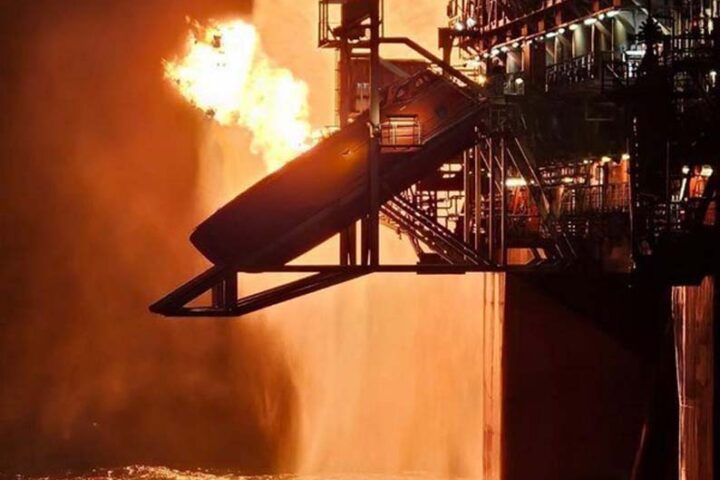.
By Oren Laurent
President, Banc De Binary
The Euro rose to a five-year high against the yen on Friday, reaching 139.70, its strongest since the aftermath of the collapse of Lehman Brothers and the global financial crisis in 2008. What does this reveal about the status and recovery of the Eurozone? Can we expect the euro to stay strong and fly high throughout 2014?
The recent jump was prompted by fresh economic data. The annual Eurozone consumer price inflation rose by 0.9 in November, just above the level predicted by economists, while unemployment figures revealed the first drop in almost three years. These results should ease the ECB’s concern about low inflation and have prompted speculation that the ECB will be less dovish and will refrain from further stimulus and interest rate cuts next week.
This is no short term trend. The euro has risen nearly 22% on the year against the yen. It is worth keeping in mind however, that the climb is not solely due to euro data, but also thanks to the low-yielding state of the Japanese currency. The country’s core consumer inflation rose to a five-year high of 0.9% in October, suggesting that its strategies for combating deflation are working. However, this remains far from the inflation target of 2%, and investors expect that the Bank of Japan will continue its policy of monetary easing again next year.
Back to Europe, and the Sterling also experienced a five-year peak against the yen, a good indicator that Europe’s individual economies, and not just its shared currency, are gaining strength. This happened after the Bank of England unexpectedly scaled back housing sector stimulus on Thursday, a move interpreted by traders as indicative of their confidence in the overall economic outlook, and a possible sign that the BoE may raise interest rates in the near future.
However, the UK chancellor George Osborne was quick to pair confidence with caution. “The economic plan is working and the recovery is under way,” he said, while also conceding that “the job is not yet done because we have got to make sure we go on taking the difficult decisions to secure the recovery.”
So what’s next? In the short term, the Eurozone markets are unlikely to fluctuate dramatically before the European Central Bank policy decision and news conference with ECB President Mario Draghi later this week. It is possible that the euro will rise slightly, but it will face resistance as it approaches the 140-yen level. Plus, any gains will be limited as traders await the ECB decision. At that point, we should expect to see the markets react immediately to the news with the full weight of investor sentiment, before slowly stabilizing.
However, investors also need to assess the bigger picture and refrain from complacency; the continent faces a long-term battle to recovery. The European Commission said in its recent forecast that Eurozone unemployment could remain near its record high for another two years, at around 12.2%. Employers are clearly wary and will require strong growth signals before they start hiring en masse. The Eurozone may have technically emerged from the recession, but it is still combatting a protracted economic decline.
2014 could be a make-it or break-it year. Will the continent sustain growth and provide new investment and employment opportunities? Overall the signs look positive, but I wouldn’t be surprised to see ups and downs in the financial markets on what could be a long journey ahead.







